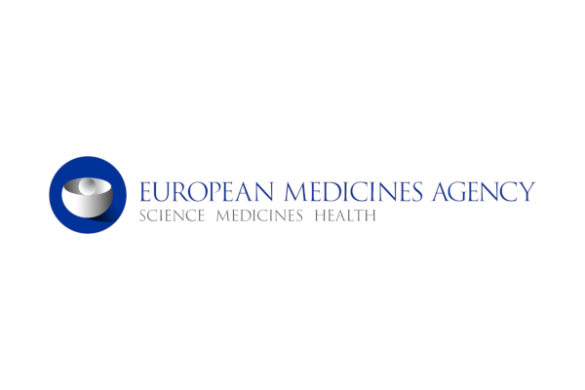In this study, the authors examined the association of in-hospital anticoagulation (AC) in COVID-19 patients with in-hospital outcomes and described thromboembolic findings on autopsies. They performed a retrospective analysis examining association of AC with mortality, intubation and major bleeding conducting also sub-analyses on association of therapeutic vs prophylactic AC initiated ≤48 hours from admission. Moreover, they described thromboembolic disease contextualised by pre-mortem AC among consecutive autopsies. 4,389 patients were included. Compared to no AC (n=1530, 34.9%), therapeutic (n=900, 20.5%) and prophylactic AC (n=1959, 44.6%) were associated with lower in-hospital mortality (adjusted hazard ratio [aHR]=0.53; 95%CI: 0.45-0.62, and aHR=0.50; 95%CI: 0.45-0.57, respectively), and intubation (aHR 0.69; 95%CI: 0.51-0.94, and aHR 0.72; 95% CI: 0.58-0.89, respectively). When initiated ≤48 hours from admission, there was no statistically significant difference between therapeutic (n=766) vs. prophylactic AC (n=1860) (aHR 0.86, 95%CI: 0.73-1.02; p=0.08). Overall, 89 patients (2%) had major bleeding adjudicated by clinician review, with 27/900 (3.0%) on therapeutic, 33/1959 (1.7%) on prophylactic, and 29/1,530 (1.9%) on no AC. Of 26 autopsies, 11 (42%) had thromboembolic disease not clinically suspected and 3/11 (27%) were on therapeutic AC. The authors concluded that AC was associated with lower mortality and intubation among hospitalised COVID-19 patients. Compared to prophylactic AC, therapeutic AC was associated with lower mortality, though not statistically significant. Autopsies revealed frequent thromboembolic disease.







